Snakes are fascinating creatures with behaviors that often mystify and sometimes concern their owners and observers. Among these peculiar behaviors is the tendency to remain completely motionless for extended periods, sometimes stretching into hours or even days. This stillness, while potentially alarming to those unfamiliar with reptilian behavior, is actually a normal part of snake biology and serves multiple important functions in their survival strategy. From conserving energy to hunting tactics, these periods of immobility are deeply ingrained in snake behavior across virtually all species. Understanding why snakes sometimes refuse to move provides valuable insights into their unique physiology, evolutionary adaptations, and the complex ways they interact with their environment.
The Energy Conservation Strategy

Snakes are masters of energy conservation, and remaining motionless is one of their primary tactics for preserving valuable calories. Unlike mammals, snakes are ectothermic (cold-blooded), meaning they don’t expend energy to maintain their body temperature and instead rely on external heat sources. This fundamental aspect of their physiology means they’ve evolved to be incredibly efficient with their energy expenditure. A snake can reduce its metabolic rate dramatically when stationary, sometimes using up to 70% less energy than when active. This efficiency becomes particularly important considering that many snake species may only eat a few dozen meals per year, requiring them to stretch their energy reserves across long periods between successful hunts. By remaining still, a snake can extend the nutritional benefits of its last meal for significantly longer periods.
Digestion-Induced Immobility
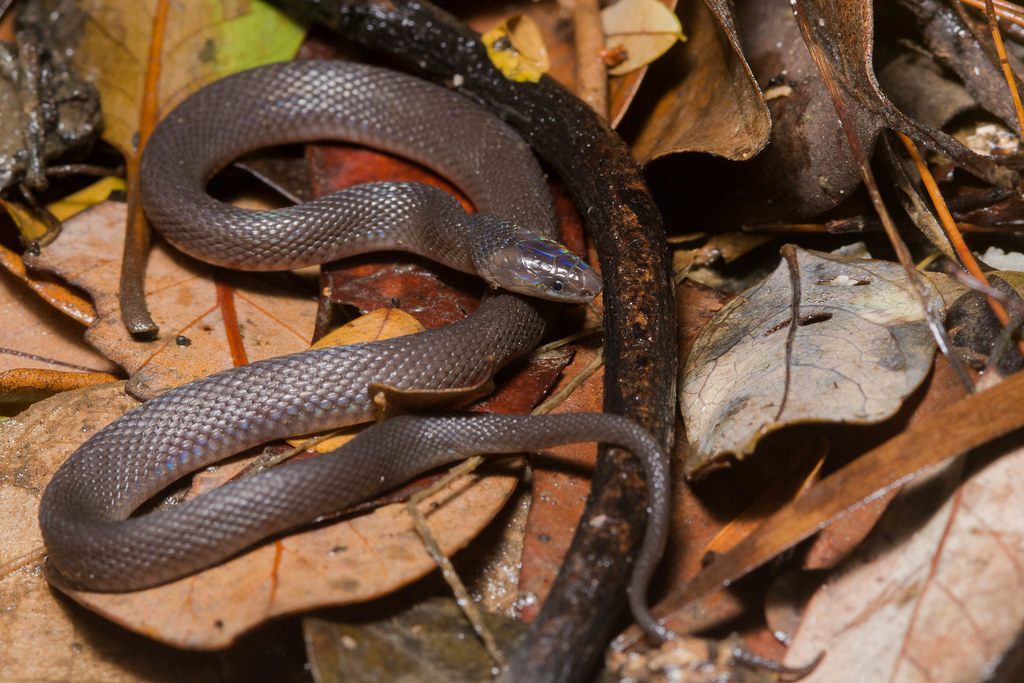
After consuming a meal, particularly a large one, snakes often enter a state of extended immobility that can last for days. This period of stillness is directly related to their unique digestive process, which requires significant energy and internal resources. When a snake eats, its metabolic rate can increase by up to 40 times its resting rate, with internal organs like the stomach, intestines, liver, and kidneys dramatically increasing in size to process the food. Moving during this intensive digestive period would not only divert critical energy away from digestion but could potentially cause internal injuries as their reconfigured organs are more vulnerable during this time. Additionally, the snake’s body temporarily diverts blood flow heavily toward the digestive system, leaving less circulatory support for muscles and other systems needed for movement.
Thermoregulation Through Stillness
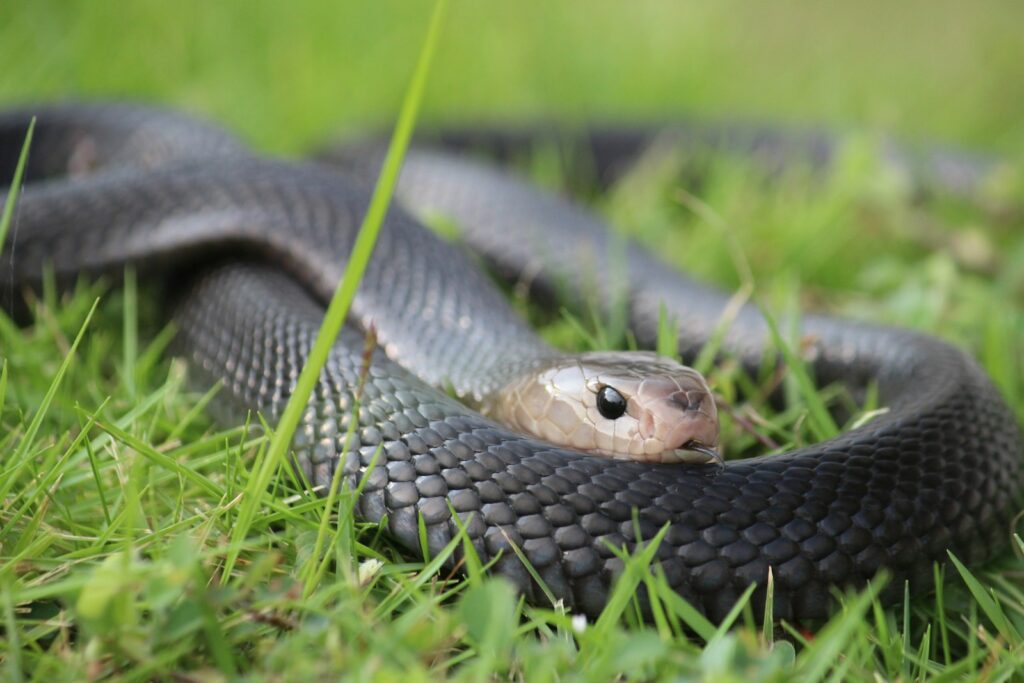
Being ectothermic, snakes rely entirely on their environment for temperature regulation, and strategic immobility plays a crucial role in this process. A snake might position itself in a warm spot and remain completely still to absorb heat efficiently, or conversely, stay motionless in a cooler location to prevent overheating. This behavioral thermoregulation is essential because a snake’s body temperature directly affects its metabolic rate, digestive efficiency, immune function, and nearly every other physiological process. During particularly cold periods, some snake species enter a state called brumation—a reptilian version of hibernation—where they may barely move for weeks or months at a time as their metabolism slows dramatically. Even in less extreme circumstances, maintaining position in an ideal temperature zone without expending energy on movement represents an efficient survival strategy.
Ambush Hunting Tactics
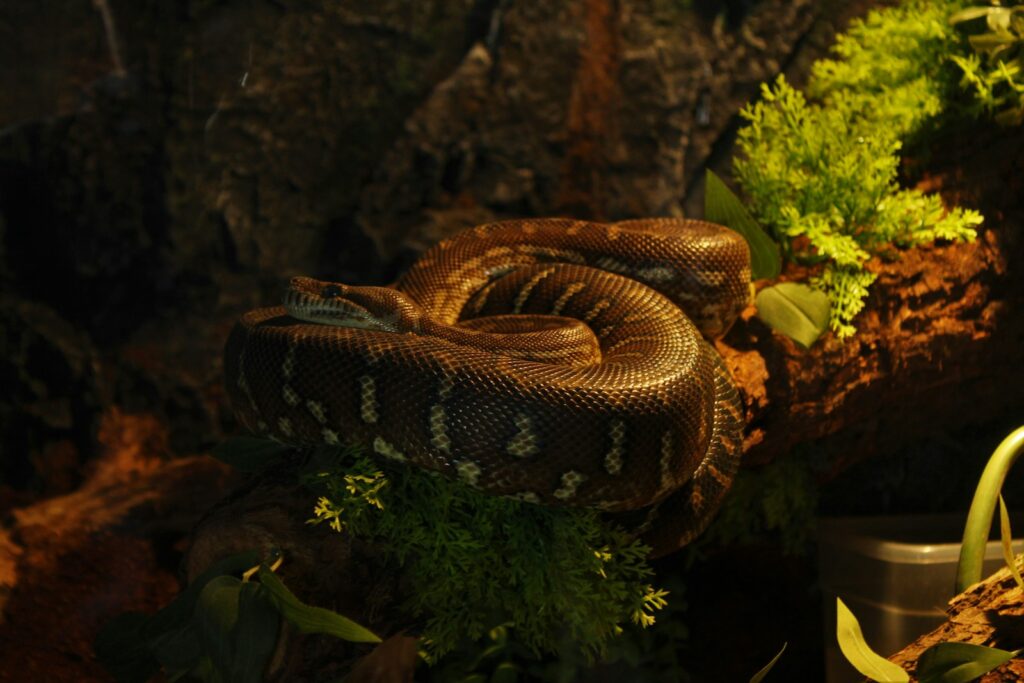
For many snake species, particularly vipers, pythons, and boas, extended immobility is a fundamental hunting strategy that has been perfected over millions of years of evolution. These ambush predators can remain perfectly still for extraordinary periods—sometimes days—while waiting for suitable prey to come within striking distance. This remarkable patience is made possible by their low metabolic requirements and specialized musculature that allows them to launch into sudden explosive movement after prolonged stillness. The success of this hunting method depends entirely on the snake’s ability to remain undetected, which they accomplish through both physical camouflage and the absence of movement that might alert potential prey. Some species, like the gaboon viper, are so committed to this strategy that they may remain in the same hunting position for weeks, moving only a few meters in an entire month.
Stress and Fear Responses
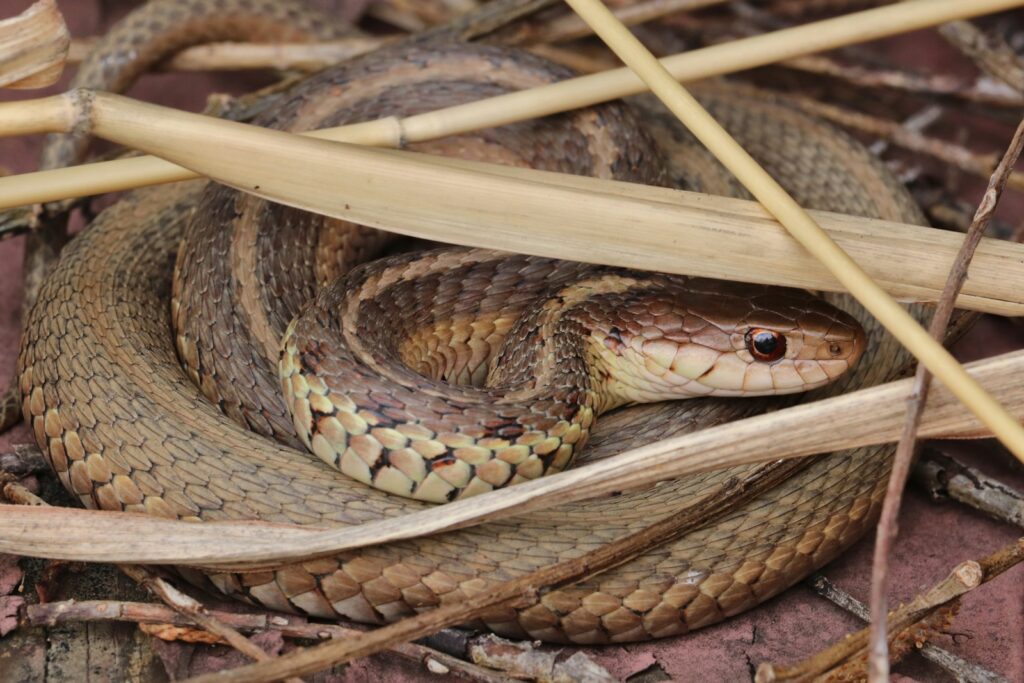
When snakes feel threatened or stressed, one of their primary defensive strategies is to freeze and remain motionless. This behavior, often referred to as tonic immobility or death-feigning, can be triggered by handling, environmental changes, or the presence of potential predators. For many snake species, this immobility serves as a first-line defense before more active strategies like fleeing or striking are employed. In captivity, a new enclosure, unfamiliar handling, or even changes in the household environment can trigger this stress response. Some species take this behavior to an extreme, with hognose snakes famously rolling onto their backs, hanging their tongues out, and remaining completely still to mimic death—a strategy that deters predators that prefer live prey. This stress-induced immobility can sometimes persist for hours after the perceived threat has passed.
Seasonal Behavioral Changes
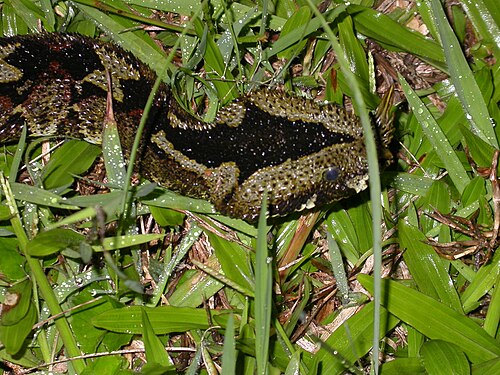
The duration and frequency of a snake’s immobile periods often follow seasonal patterns tied to their natural cycles of feeding, breeding, and dormancy. During colder months, snakes naturally become less active as their metabolism slows in response to lower temperatures, sometimes entering the previously mentioned state of brumation. Even in temperature-controlled captive environments, many snakes still exhibit these seasonal behavioral changes due to ingrained biological rhythms. Breeding season can also significantly impact activity levels, with males becoming more active while searching for mates, while females may remain more stationary, particularly as they develop eggs or embryos. Post-breeding periods often see increased immobility as energy reserves are replenished. These seasonal variations in behavior are most pronounced in temperate species but can be observed to varying degrees in tropical snakes as well.
Shedding-Related Inactivity
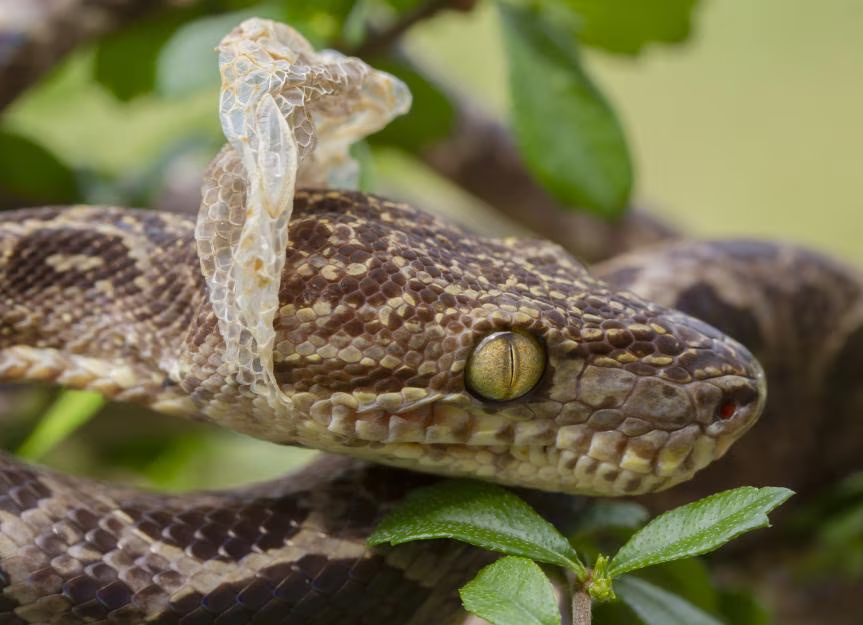
The period before, during, and after shedding (ecdysis) typically involves extended periods of immobility for most snake species. As a snake prepares to shed its skin, hormonal changes trigger the production of a new skin layer beneath the old one, and the snake’s eyes become cloudy or blue—a condition known as being “in blue.” During this pre-shed phase, which can last up to two weeks, snakes often seek out a secure hiding spot and remain largely motionless as their body undergoes this energy-intensive process. Their vision is temporarily impaired during this time, making them more vulnerable and less likely to move about. Even after successfully removing the old skin, many snakes continue to remain relatively inactive for a day or more as they recover from the physically demanding process and allow their new skin to properly harden and acclimate to environmental exposure.
Environmental Comfort and Security
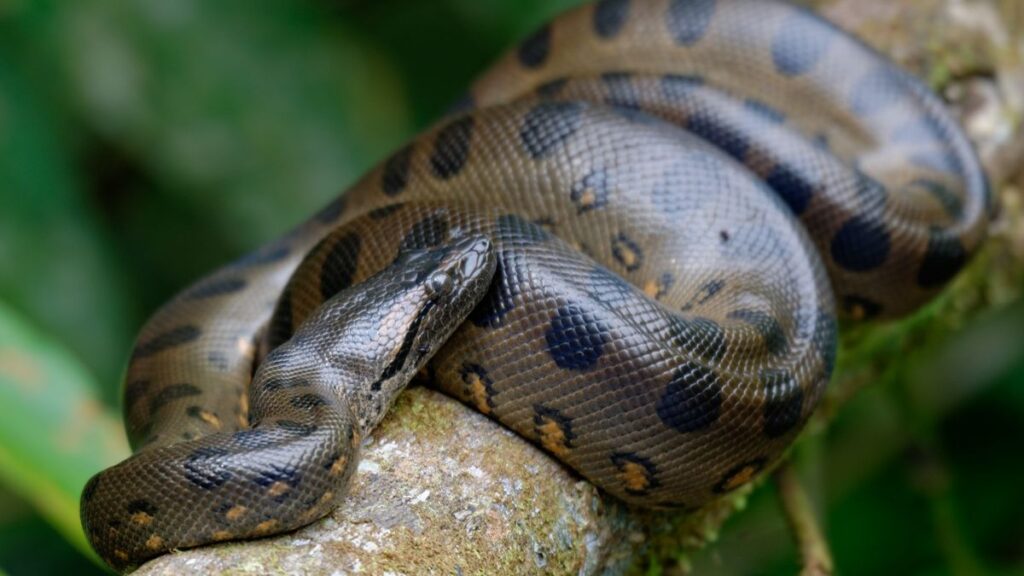
Snakes are highly sensitive to their surroundings and will often remain motionless when they’ve found a location that meets their needs for security, temperature, and humidity. In the wild, a perfectly positioned spot that offers protection from predators, ideal thermal conditions, and appropriate humidity levels represents a valuable resource worth maintaining. Captive snakes exhibit similar behavior, often remaining in a favored hide or basking spot for extended periods when conditions are optimal. This behavior becomes particularly pronounced when a snake has established a sense of security in its environment, as unnecessary movement expends energy and potentially exposes them to risk. Some species, particularly those from arid environments with naturally sparse resources, have evolved to capitalize on ideal microhabitats by remaining in them with minimal movement for as long as conditions remain favorable.
The Role of Circadian Rhythms

Many snake species exhibit distinct activity patterns governed by internal circadian rhythms that influence when they move and when they remain still. These biological clocks help regulate a snake’s metabolism, hormone production, and behavior in alignment with natural light cycles. Diurnal species are naturally programmed to be more active during daylight hours and may remain motionless for much of the night. Conversely, nocturnal species often appear completely inactive during daylight hours, sometimes remaining in the exact same position for the entire day before becoming active after sunset. Crepuscular snakes, active primarily during dawn and dusk, may show extended periods of immobility during both midday and midnight hours. These genetically programmed activity patterns can persist even in captivity with artificial lighting, though they may gradually adjust to changed light cycles over time.
Pregnancy and Reproductive Behavior
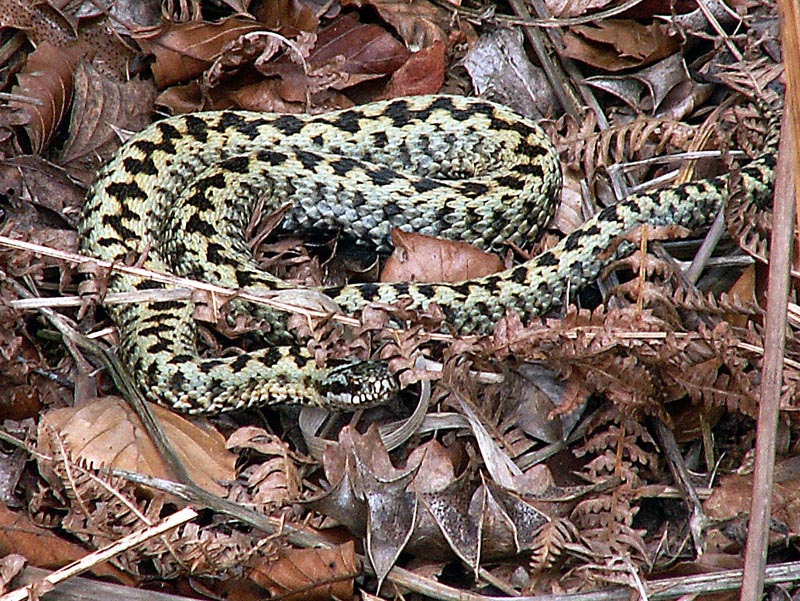
Female snakes often dramatically reduce their movement during pregnancy (in viviparous species) or while carrying eggs (in oviparous species). This period of increased immobility serves multiple purposes, including energy conservation for the developing offspring and reducing exposure to potential predators. Gravid females typically seek out secure, thermally optimal locations and may remain there with minimal movement for weeks or even months, depending on the species. In many viviparous species, females may select specific basking spots and remain there consistently to thermoregulate more effectively for their developing young. Even after laying eggs or giving birth, females often continue this reduced activity pattern as they recover from the significant physiological demands of reproduction. This reproductive-related stillness represents one of the longest natural periods of voluntary immobility in the snake’s life cycle.
Age and Health Factors
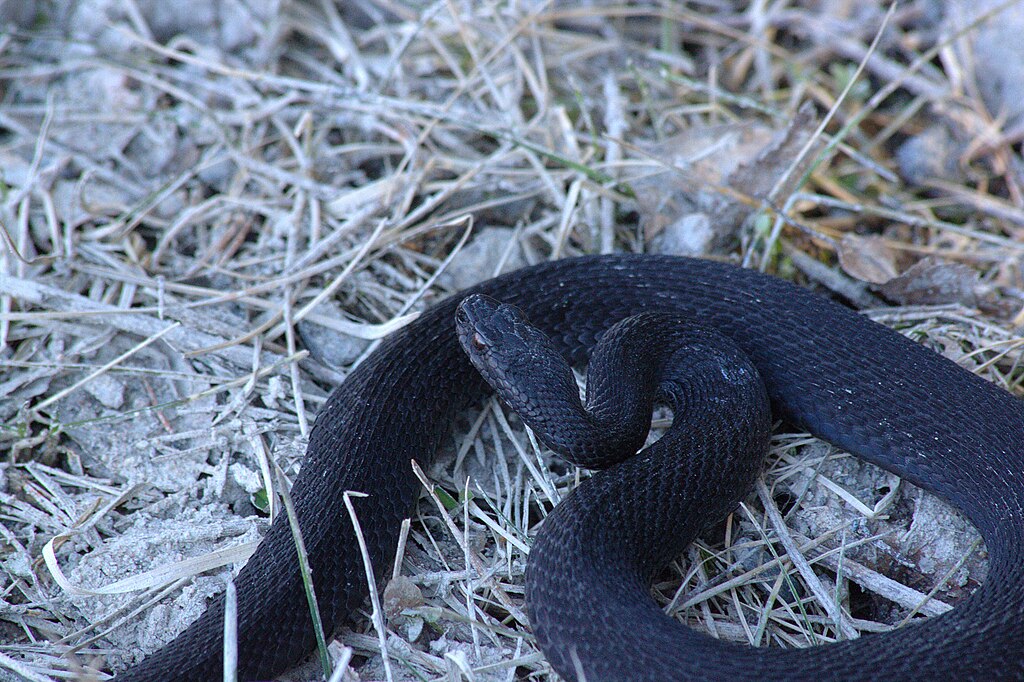
A snake’s age and overall health status significantly influence its activity levels and tendency toward immobility. Very young snakes often exhibit more cautious behavior, including longer periods of hiding and stillness as they develop hunting skills and learn to navigate their environment safely. At the other end of the lifespan, geriatric snakes naturally become less active as their metabolism slows and energy reserves diminish with age. Health issues can also manifest as unusual periods of immobility, with conditions like respiratory infections, parasitic infestations, or metabolic bone disease potentially causing lethargy and extended periods without movement. However, distinguishing between normal behavioral immobility and illness-induced lethargy requires careful observation of other symptoms, as healthy snakes regularly remain motionless for extended periods as part of their normal behavior patterns.
Species-Specific Tendencies
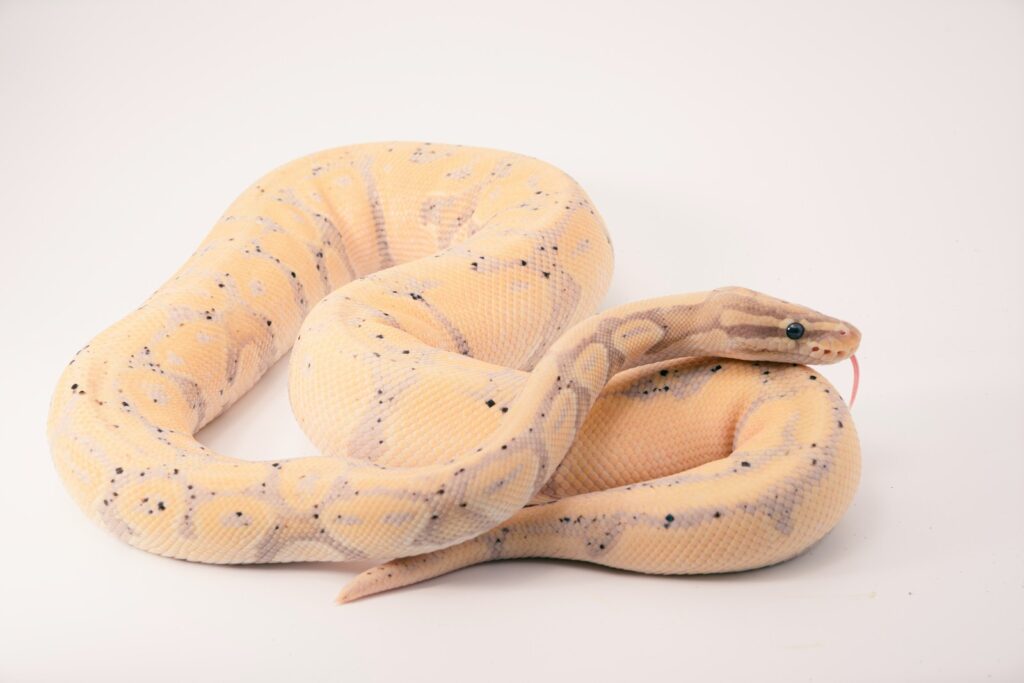
Different snake species exhibit vastly different natural tendencies toward immobility based on their evolutionary history and ecological niche. Ambush predators like ball pythons, gaboon vipers, and many pit vipers have evolved to remain motionless for extraordinarily long periods as part of their hunting strategy, sometimes barely moving for days or weeks except to strike at prey. By contrast, active foragers like racers, whipsnakes, and many colubrids naturally spend more time in motion as they actively search for food. Arboreal species such as emerald tree boas and green tree pythons have specialized adaptations that allow them to remain coiled around branches for extended periods without fatigue. Burrowing species like sand boas and shield-nosed snakes may remain underground with minimal movement for extended periods, especially during unfavorable weather conditions. These species-specific behavioral tendencies should be considered when assessing what constitutes “normal” immobility for any particular snake.
When Immobility Becomes Concerning

While extended periods of stillness are normal for snakes, there are situations where immobility may indicate a health problem requiring attention. Abnormal posturing during immobility, such as lying on their back or side (except in death-feigning species like hognose snakes), can signal neurological issues or severe illness. Immobility accompanied by labored breathing, mucus around the mouth or nostrils, or visible weight loss may indicate respiratory infection or other serious health concerns. Changes in the skin’s appearance during periods of immobility, particularly discoloration, unusual dryness, or incomplete shedding, can signal nutritional deficiencies or improper humidity levels. Additionally, if a typically active species suddenly exhibits prolonged immobility with no apparent cause (such as recent feeding, shedding, or seasonal changes), particularly when combined with a refusal to eat over multiple feeding attempts, veterinary evaluation is warranted to rule out potential health issues.
Snakes’ tendency to remain motionless for extended periods represents a fascinating intersection of evolutionary adaptation, physiology, and ecological strategy. What might appear concerning or unusual to mammal-oriented observers is actually a sophisticated set of behaviors finely tuned through millions of years of evolution. From conserving precious energy and digesting large meals to hunting strategies and responding to environmental conditions, these periods of stillness serve multiple crucial functions in snake biology. By understanding the many reasons behind this behavior, snake owners and wildlife enthusiasts can better appreciate the complex nature of these remarkable reptiles and more accurately distinguish between normal behavior and potential health concerns. Rather than indicating something wrong, a snake’s periodic refusal to move for hours often demonstrates just how perfectly adapted these animals are to their unique evolutionary niche.




